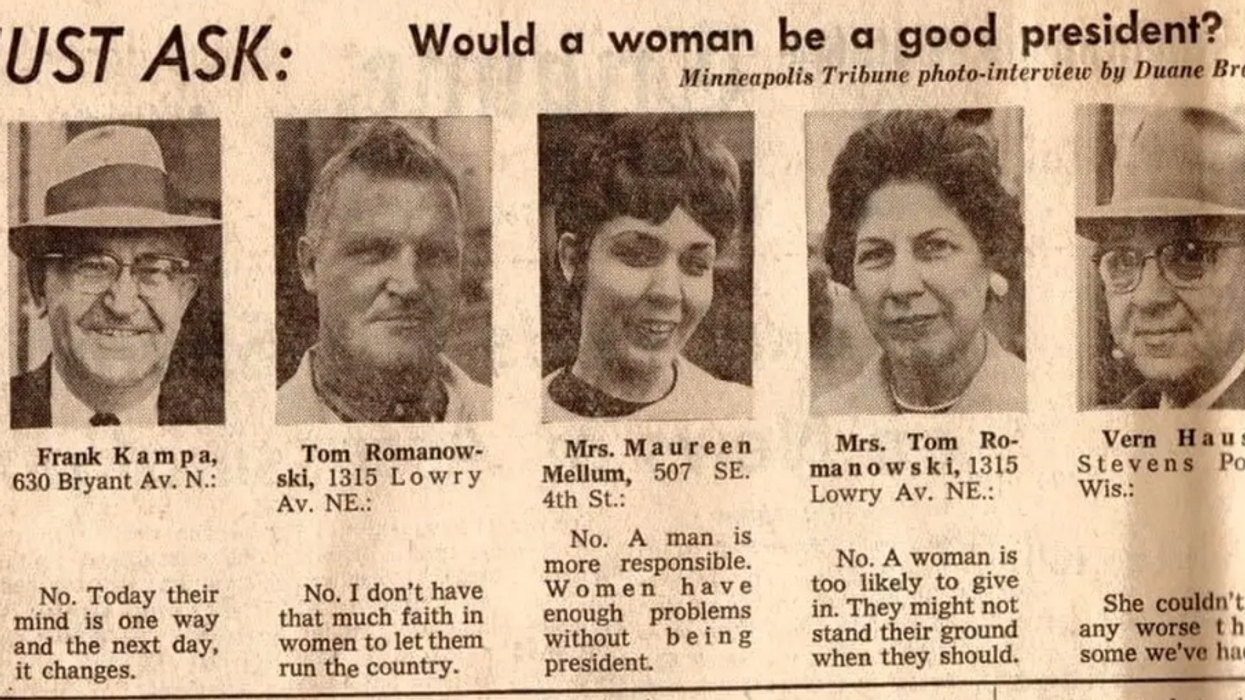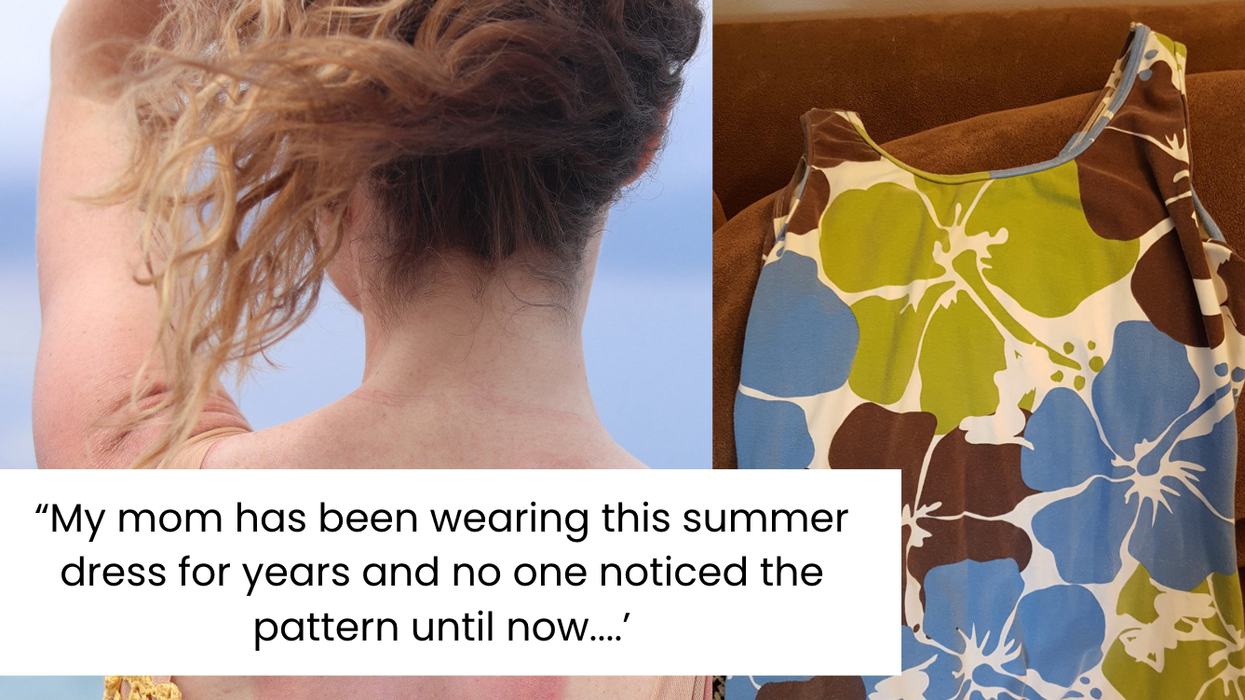At the beginning of September we asked the GOOD community to help us create a Picture Show about a unique building from their neighborhoods. We received a number of great submissions that captured everything from an old movie theater that dates back to the 1920s to a home that belongs to a tent community.
Unfortunately, we were unable to fit all of the entries into the slide show. But we did our best to select a handful that represents a variety of architecture and function. (Captions by the photographers.) Above, we present to you the collaborative Picture Show created by none other than you, the GOOD community.
Now we need your help: Vote on your favorite submission by commenting below. The winning entry will be announced October 1, featured on our homepage, and printed in the next issue of GOOD. We’ll also send a GOOD T-shirt and a free subscription (or gift subscription) to the winner.

















 Robin Williams performs for military men and women as part of a United Service Organization (USO) show on board Camp Phoenix in December 2007
Robin Williams performs for military men and women as part of a United Service Organization (USO) show on board Camp Phoenix in December 2007 Gif of Robin Williams via
Gif of Robin Williams via 
 People on a beautiful hike.Photo credit:
People on a beautiful hike.Photo credit:  A healthy senior couple.Photo credit:
A healthy senior couple.Photo credit:  A diverse group of friends together.Photo credit:
A diverse group of friends together.Photo credit:  A doctor connects with a young boy.
A doctor connects with a young boy.  Self talk in front of the mirror.Photo credit:
Self talk in front of the mirror.Photo credit:  Lightbulb of ideas.Photo credit
Lightbulb of ideas.Photo credit 

 Superstructure of the Kola Superdeep Borehole, 2007
Superstructure of the Kola Superdeep Borehole, 2007 

